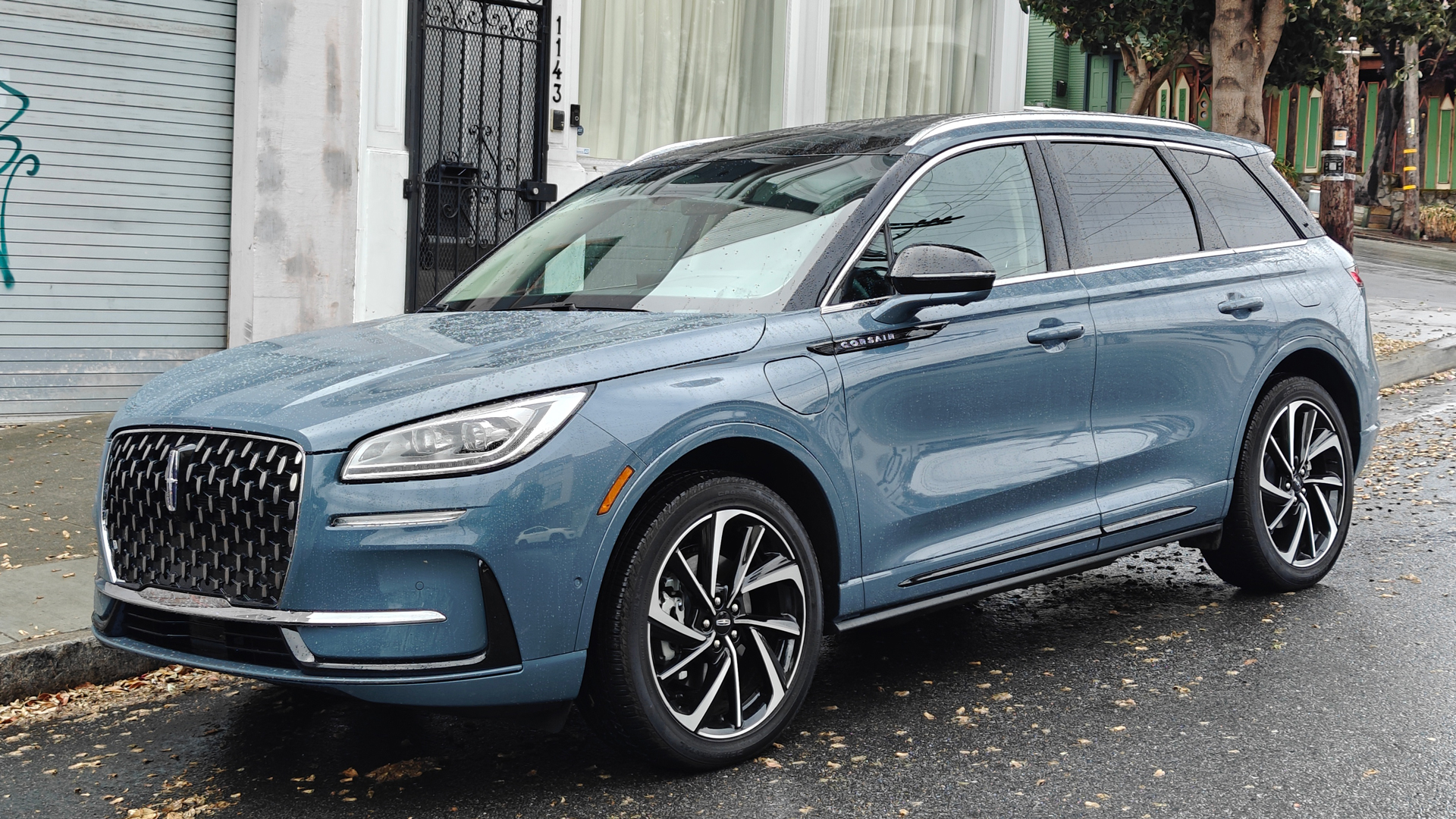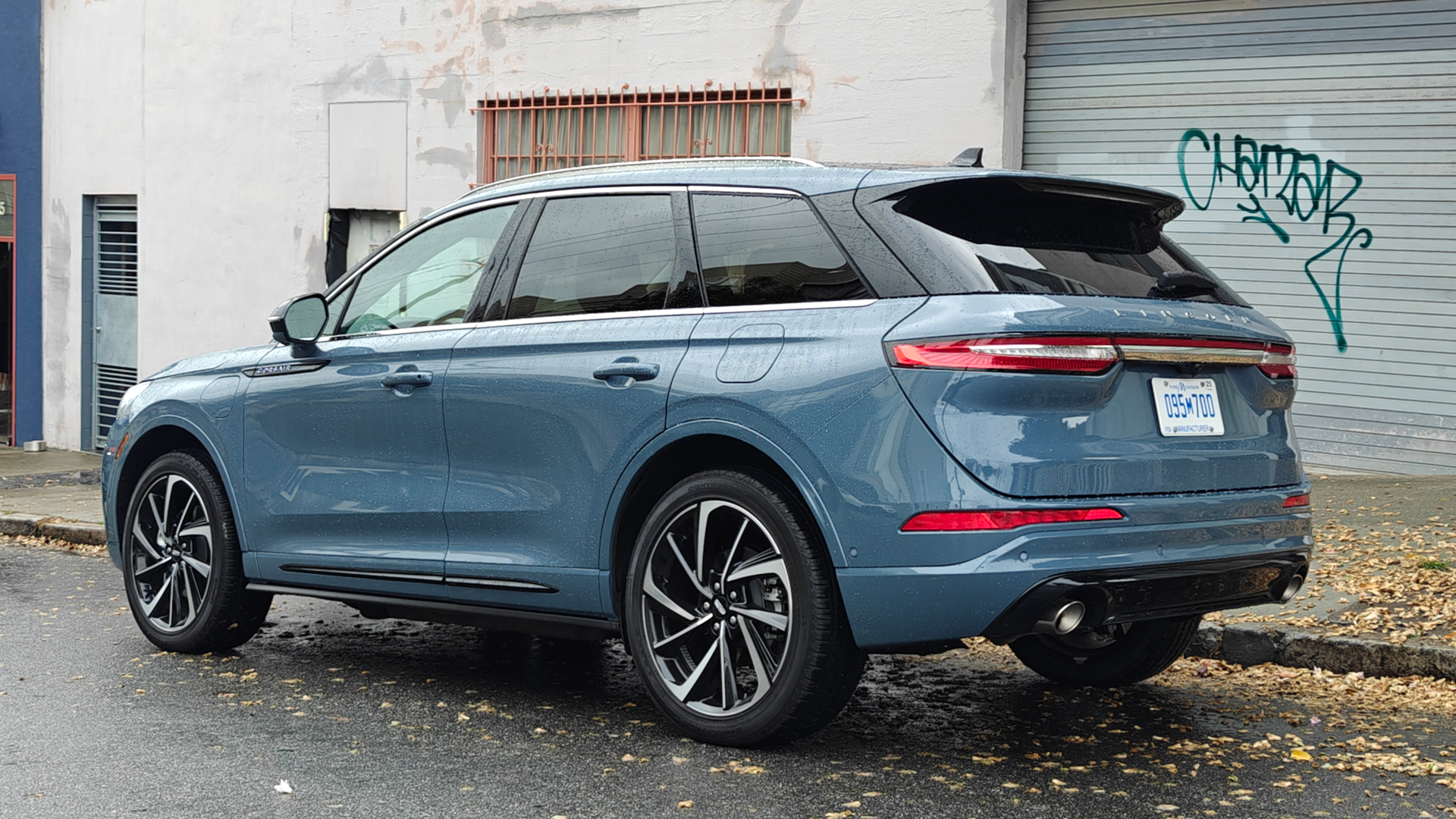
You’ve probably seen the headlines: battery EV sales are slowing down, and PHEV (plug-in hybrid electric vehicle) sales are hot; the DC fast charging infrastructure isn’t good enough for road trips, so you should drive a PHEV; battery EVs aren’t ready for prime time, but PHEV are the best of both worlds. I’m here to tell you that it’s all nonsense. Battery EVs are better today than ever, while PHEVs are full of compromises.
Before we dive into why PHEVs are generally a bad idea, here’s a quick disclaimer. I’ve been driving battery EVs for six years now (I’ve owned two Tesla Model 3s back-to-back), and as a car journalist, I’ve tested almost every battery EV available in the US over the last decade, plus my fair share of PHEVs. Since 2018, I’ve been doing road trips in battery EVs multiple times a year all over the Western US.
Because I live in an apartment, I have to park on the street, and I can’t charge at home. I’m also a car enthusiast, and I prefer sporty vehicles that perform and handle well. Obviously, I’m not the average consumer. We all have different priorities, different budgets, and different comfort levels around change. And yes, the EV charging infrastructure isn’t evenly distributed yet. But if you’re looking at PHEVs right now, hear me out.
What are PHEVs?
What are PHEVs (plug-in hybrid electric vehicles)? In a nutshell, PHEVs are hybrid gasoline-electric vehicles that can be plugged into a power outlet. Unlike regular hybrids, which require gasoline and are basically ICE (internal combustion engine) vehicles outfitted with a small battery and electric motor to improve fuel efficiency, PHEVs usually feature a larger battery, plus a charging port (just like battery EVs).
The inconvenient truth is that at the core, PHEVs are still basically gas cars.
PHEVs typically have an EV-only range of up to 40 miles, after which the ICE kicks in and they behave like regular hybrids – fuel-efficient gasoline vehicles. This means you can plug your PHEV into a power outlet every night and drive up to 40 miles a day on electricity without using a drop of gas. And since the average American drives less than 40 miles per day, a PHEV makes it possible to drive 100% electric every day.
Then, if you need to drive farther – like on a road trip – you can fall back on good ole’ dino juice (gasoline), so you don’t have to deal with finding one of those pesky DC fast charging stations or – god forbid – waiting 20 minutes for a charge every 2-3 hours. Plus, your PHEV probably has a gasoline range of over 400 miles. Suck it, battery EVs! Sounds ideal, right? Unfortunately, it’s not. PHEVs are the worst of both worlds.
PHEVs are still gas vehicles

The inconvenient truth is that at the core, PHEVs are still basically gas cars. Sure, they also include a small EV drivetrain, but they are based on the same platform as their hybrid and gasoline twins, with the same packaging and safety compromises. So, unlike most battery EVs, which are built on a bespoke platform, PHEVs don’t have a frunk (front trunk), or a flat floor, or anywhere near the same amount of interior space.
With an ICE (internal combustion engine) under the hood, you don’t benefit from the low center of mass, near 50/50 weight distribution, and massive front crumple zone offered by most battery EVs. This makes PHEVs worse in terms of active (handling) and passive (crash) safety. Also, most PHEVs (even AWD ones) are based on a FWD (front-wheel drive) architecture, so driving dynamics are inherently compromised.
Then, there’s maintenance. While battery EVs basically just need new tires, new wiper blades, and wiper fluid refills, PHEVs require the same maintenance as other gas cars – regular fluid changes (oil, coolant, and transmission), plus tune-ups and emissions tests. So, with PHEVs, you don’t benefit from the same maintenance savings as battery EVs – other than reduced brake wear from regenerative braking.
PHEVs are lackluster EVs
As I mentioned above most battery EVs are built from the ground up on a bespoke platform – typically a “skateboard” with the motor(s) and electronics located between the front and rear wheels, and a large battery pack mounted in the floor between the front and rear axles. Thanks to the battery’s low center of mass and the motors’ high torque, the vast majority of battery EVs deliver better handling and acceleration than PHEVs.
When driving on electricity alone, PHEVs are hampered by a smaller battery and electric motor than battery EVs, plus the weight of the unused ICE (internal combustion engine) and other related components. For maximum performance, PHEVs must combine their electric motor and ICE, and thus burn gas. Plus, most PHEVs lack the regenerative braking settings and one-pedal driving modes that make battery EVs such a pleasure to drive.
Thanks to the battery’s low center of mass and the motors’ high torque, the vast majority of battery EVs deliver better handling and acceleration than PHEVs.
To make matters worse, PHEVs are not significantly lighter or more affordable than similar battery EVs. For example, let’s compare a popular PHEV – the Toyota RAV4 Prime – with the world’s best-selling car – the Tesla Model Y. Both are crossovers, and both are about the same size. As of writing, the RAV4 Prime weighs 4,235lbs and costs $43,690, while the Model Y weighs 4,154lbs and costs $42,990. So why even bother with PHEVs?
PHEVs require home charging to make sense
Another important thing to consider is that you must be able to charge PHEVs at home (or at work) to make them worthwhile. If you never (or rarely) plug your PHEV into a power outlet to charge it, you’re just basically driving around in a heavier-than-normal hybrid with worse fuel efficiency than a regular hybrid. While it’s less expensive to charge at home than at most public chargers, it's not a requirement for battery EVs.
I know plenty of battery EV owners who live in an apartment and can’t charge at home (myself included). Unlike PHEVs, most battery EVs have a range of 250 miles or more, so you don’t need to charge them every day. Plus, DC fast charging is rapidly becoming more plentiful and more reliable now that most EV manufacturers are adding support for Tesla’s vast Supercharger network to their battery EVs.
This evolving EV charging landscape is also why battery EVs are becoming more viable than ever for road trips, making PHEVs even less relevant.
PHEVs aren’t the answer
Ultimately, PHEVs are still ICE vehicles. They must burn gas and pollute the air just like hybrids and gas cars once their 40-mile EV-only range is depleted. Climate change is real. Do you want to continue being a part of the problem? Do you really want to continue spewing toxic gasses – in communities outside of your own, no less – because you can’t give up the comforting glow of gas stations during road trips? Yes, I am judging you.
“But wait” I hear you say “I plan to plug my PHEV into a power outlet every night and drive up to 40 miles a day on electricity without using a drop of gas.” Good for you. But then, why don’t you just buy a battery EV? Even a Nissan Leaf with just 150 miles of range will get the job done, and you won’t be wasting electricity to lug around a heavy ICE (internal combustion engine), gas tank, muffler, and related paraphernalia.
So, forget PHEVs – they aren’t the answer. Battery EVs are viable today, and the sooner we all get on board, the better. It’s time to commit! Go battery EV or go home.
You might also like
- Google Maps just got an important update for EV drivers
- 15 things I wish I'd known before buying an EV
- Your delivery van's EV upgrade is about to make your life better ...
- Rivian's R3 is the EV of the moment – here's why it might just be the ...
- Zeekr's new EV battery can take you 500km from only a 15-minute ...







